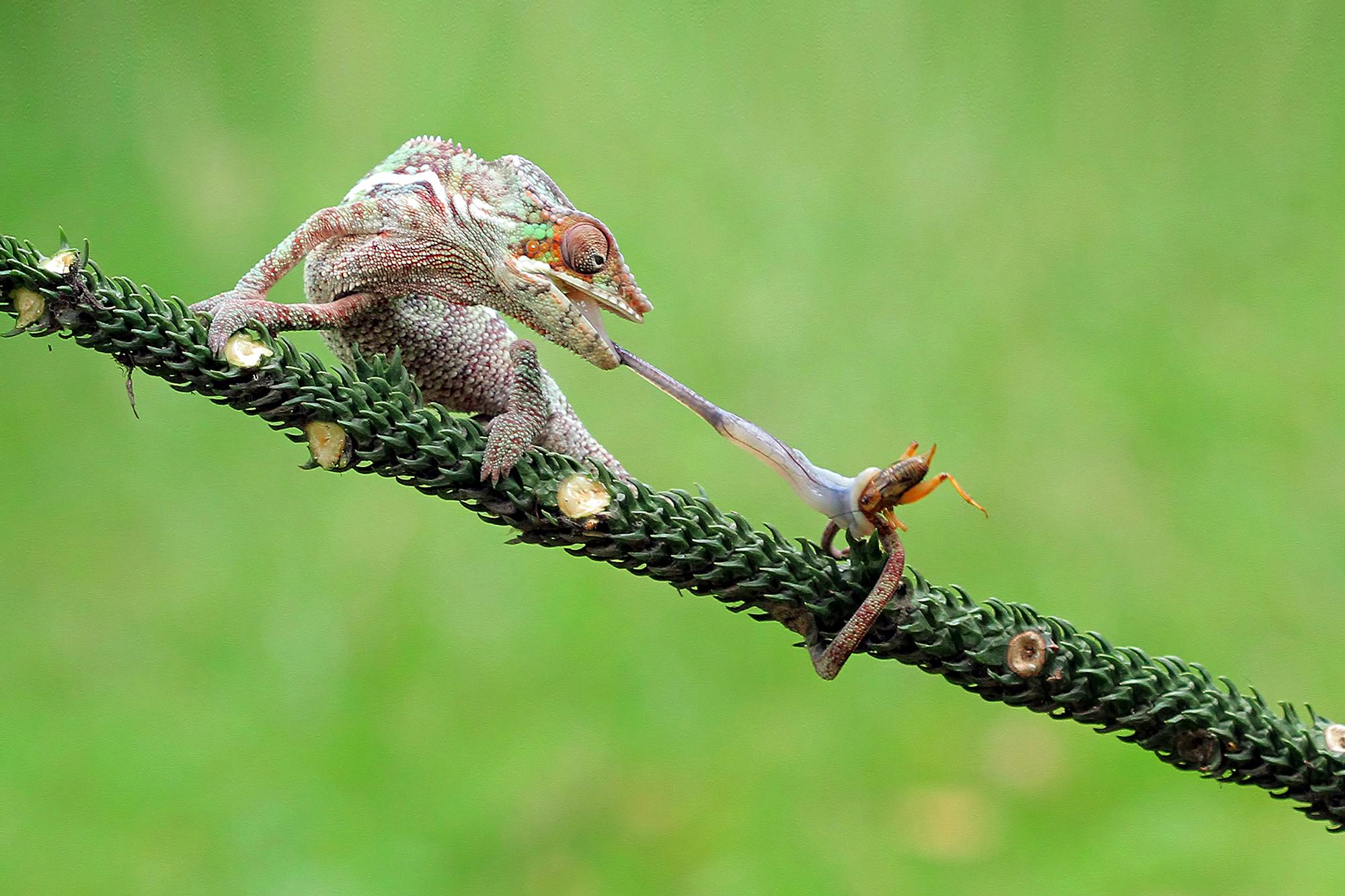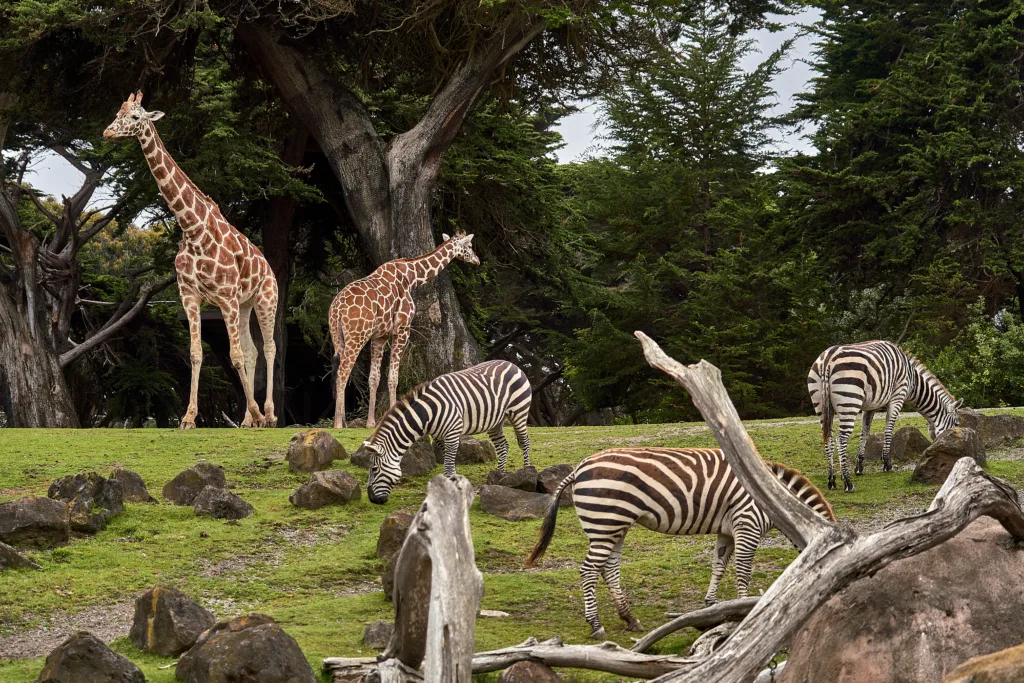Animalia is the kingdom of animals, which includes a vast array of organisms ranging from invertebrates like insects to vertebrates like mammals and birds. The Animal Kingdom is characterized by several key features that set it apart from other kingdoms of life.
One of the defining characteristics of animals is that they are multicellular, meaning they are composed of many cells. These cells lack cell walls, which is another feature that distinguishes them from other kingdoms. Animals are also heterotrophic, meaning they obtain their energy by consuming other organisms directly or indirectly.
Unlike plants, which are autotrophic and can produce their own food through photosynthesis, animals must rely on external sources of energy in order to survive. This energy is obtained by breaking down complex molecules found in food into simpler ones that can be used as fuel by the body.
While most animals are heterotrophic, there are a few exceptions. For example, some species of coral are able to produce their own food through a process known as symbiotic algae. These algae live witin the coral’s tissues and convert sunlight into energy, which is then shared with the coral.
The vast majority of animals are heterotrophic, relying on other organisms for their energy needs. This has led to a wide variety of feeding strategies among different groups of animals, from herbivorous grazers to carnivorous hunters.
The Animal Kingdom is characterized by its multicellularity and heterotrophy. While there are a few exceptions to this pattern, the vast majority of animals must obtain their energy from external sources in order to survive. Understanding the unique features of Animalia can help us better appreciate the diversity of life on our planet.
Is Kingdom Animalia an Autotroph?
The kingdom Animalia is not an autotroph. Autotrophs are organisms that can produce their own food through the process of photosynthesis. Examples of autotrophs include plants and some bacteria. On the other hand, animals are heterotrophs, which means they cannot produce their own food and depend on other organisms for nutrition.
Animals obtain their food by consuming other organisms, eiher plant or animal. Depending on their dietary habits, animals are classified into different categories such as herbivores, carnivores, omnivores, etc. Herbivores feed on plants, carnivores feed on other animals, while omnivores consume both plants and animals.
Unlike autotrophs, animals cannot produce their own energy and must rely on the energy stored in the food they consume. This energy is used for various bodily processes such as growth, reproduction, and movement.
The kingdom Animalia is not an autotroph. Animals are heterotrophs and depend on other organisms for their nutritional needs.

Source: nationalgeographic.org
Characteristics of Animalia
Animalia is a diverse kingdom that is characterized by certain distinct features. Here are 5 characteristics that define this kingdom:
1. Multicellularity – All animals are made up of more than one cell. This means that they have a higher level of organization than unicellular organisms such as bacteria.
2. Heterotrophy – Animals cannot produce their own food, so they must obtain it from external sources. This often involves the consumption of oter organisms, either plant or animal.
3. Sexual reproduction – In most cases, animals reproduce sexually, which involves the fusion of gametes from two separate individuals. This process leads to greater genetic diversity within a population.
4. Lack of cell walls – Unlike plants and some other organisms, animals do not have cell walls. This allows for greater flexibility and mobility, as well as the ability to form complex structures.
5. Motility – Most animals are capable of movement at some point in their life cycle. This can range from simple movements, such as the contraction of muscles, to more complex behaviors like flying or swimming.
Is Animalia Unicellular or Multicellular?
Animalia is a kingdom of living organisms that includes a wide range of animals, from tiny insects to large mammals. One of the defining characteristics of animals is that they are multicellular, which means that they are made up of multiple cells.
Unlike unicellular organisms, such as bacteria and protists, which are made up of a single cell, animals are composed of many cells that work together to carry out varius functions. This allows animals to have specialized organs and tissues, which enable them to perform complex tasks such as movement, digestion, and reproduction.
Multicellularity is thought to have evolved in animals around 600 million years ago, and it has played a key role in the success of the animal kingdom. By working together, animal cells can perform tasks that would be impossible for a single cell to accomplish, such as building complex structures like bones and organs.
It is clear that animals are multicellular organisms, and this characteristic has allowed them to evolve and thrive in a wide range of environments.
Is Animalia a Eukaryotic or Prokaryotic Organism?
Animalia is a eukaryotic kingdom, meaning that its organisms are composed of eukaryotic cells. Eukaryotes are organisms whose cells have a true nucleus, which is surrounded by a membrane and contains the genetic material of the cell, in the form of DNA. Eukaryotes also have various other membrane-bound organelles, such as mitochondria, Golgi apparatus, endoplasmic reticulum, and lysosomes, which perform various functions within the cell.
In contrast, prokaryotes, such as bacteria, lack a true nucleus and membrane-bound organelles. Their genetic material is present in the form of a single, circular chromosome, which is not enclosed within a membrane. Prokaryotes also lack other organelles typically found in eukaryotic cells, such as mitochondria and Golgi apparatus.
To summarise, Animalia is a eukaryotic kingdom, meaning that its organisms have cells with a true nucleus and various other membrane-bound organelles.

Conclusion
The Animal Kingdom is a diverse group of organisms that includes invertebrates and vertebrates. They are multicellular and heterotrophic, depending on other organisms for their food. Animals are capable of motion in some stage of their lives, and they typically reproduce sexually. The kingdom Animalia is an important part of the ecosystem, playing vital roles in maintaining the balance of nature. By studying the Animal Kingdom, we gain a better understanding of the complexity of life on our planet and the interdependence of all living things.
